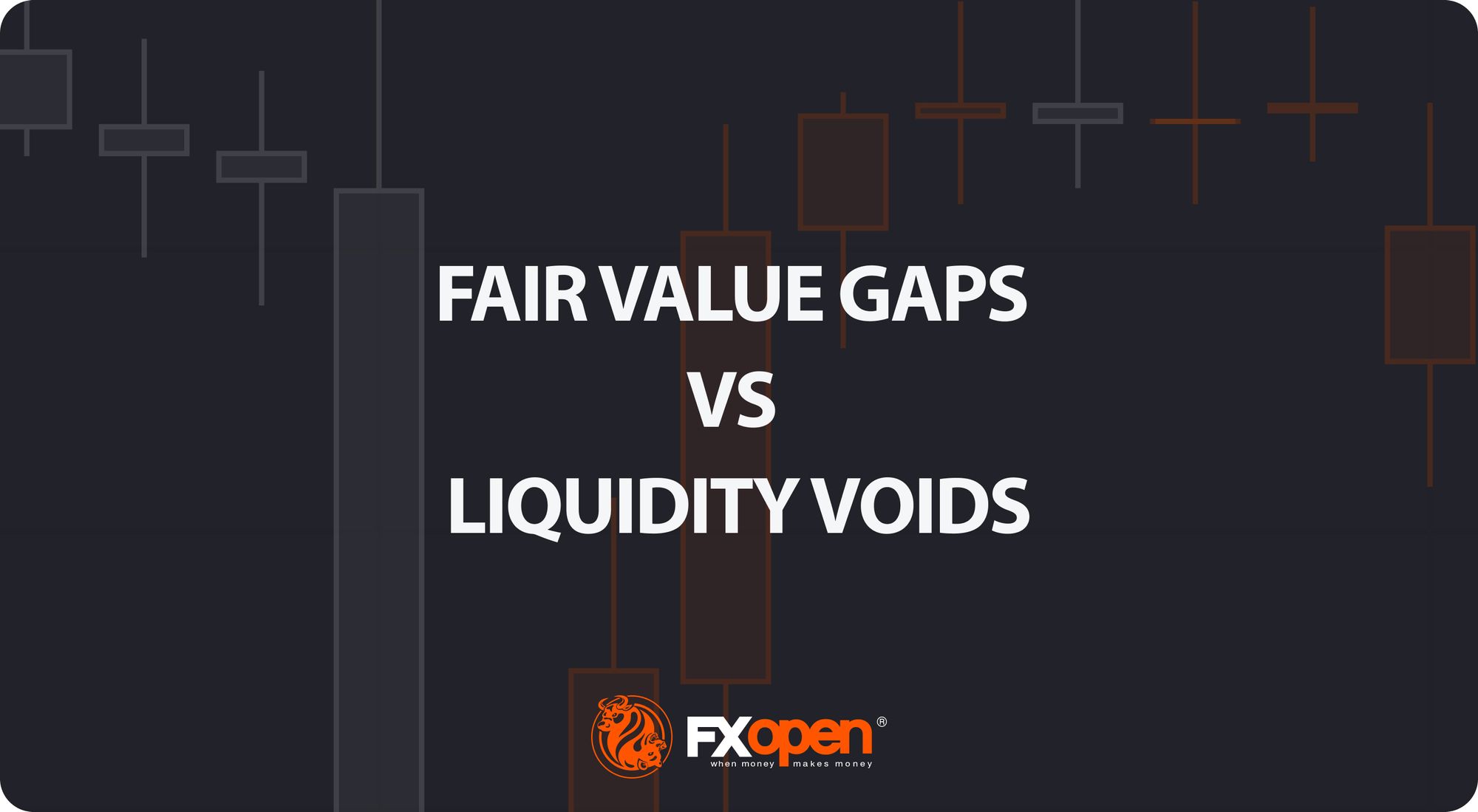FXOpen
Being fully conversant with the concept of margin calculation may insure you against a number of negative elements such as:
- Protecting your trading position from an unexpected stop-out;
- The avoidance of dramatic losses;
- Maximise the quality operation of your Expert Adviser (EA) especially if you rely on margin calculations to develop an EA of your own.
EAs are sometimes known as a ladder strategy program, facilitating trading activity on Forex. It provides an opportunity to launch several processes at once and be continually, thus providing control over a number of trades. Based upon price movement patterns, they should strictly comply with Margin requirements therefore, development of EA algorithms require careful consideration where Margin Calculation remains a priority. EAs should be designed to set the right parameters of Leverage, monitor the state of the Equity and Free Margin, as well as correlate with the Market movements, avoiding drawdown and undue risks.
This article will help you take a fresh look at the concept of margin and accordant calculations.
MT4 Margin Calculation
The following examples illustrate margin calculations for a single trading instrument. Gross margin for the client’s total position will sum up the margin for each separate currency instrument. Leverage is set at 1:100 for all the following cases.
USD – base currency (USD/CHF)
A client opens a short position (Sell) of a 3-lot volume:
The following formula can be applied to calculate the Margin required to open a short position (Sell):
Mg Sell=Volume ×Lot Size Leverage,
Where
Volume – the volume of the given short position in lots;
Lot Size – the amount of the base currency per lot;
Leverage – credit help provided to the client (here we take 1:100).
In our case,
Mg Sell=3 ×100000 100= 3000.
In contrast, the example below calculates the Margin for a long position (Buy) of a 5-lot volume:
Mg Buy= Volume ×Lot Size Leverage =5 ×100000 100=5000.
The next example details the Hedged Margin calculation for locked positions; a newly opened 3 lot Sell is netted with a 5 lot Buy:
The Hedged Margin for USD base currency instruments is derived from the maximum margin size of the short (Sell) and long (Buy) positions:
Hedged Mg=Max (Σ (Mg Buy); Σ (Mg Sell))
As Mg Buy total is more than that of Mg Sell in our example (5000 vs. 3000), then:
Hedged Mg = Max (Σ (Mg Buy) = 5000.
The above formulae may represent a solid platform for your trading activity.
This article represents the opinion of the Companies operating under the FXOpen brand only. It is not to be construed as an offer, solicitation, or recommendation with respect to products and services provided by the Companies operating under the FXOpen brand, nor is it to be considered financial advice.





